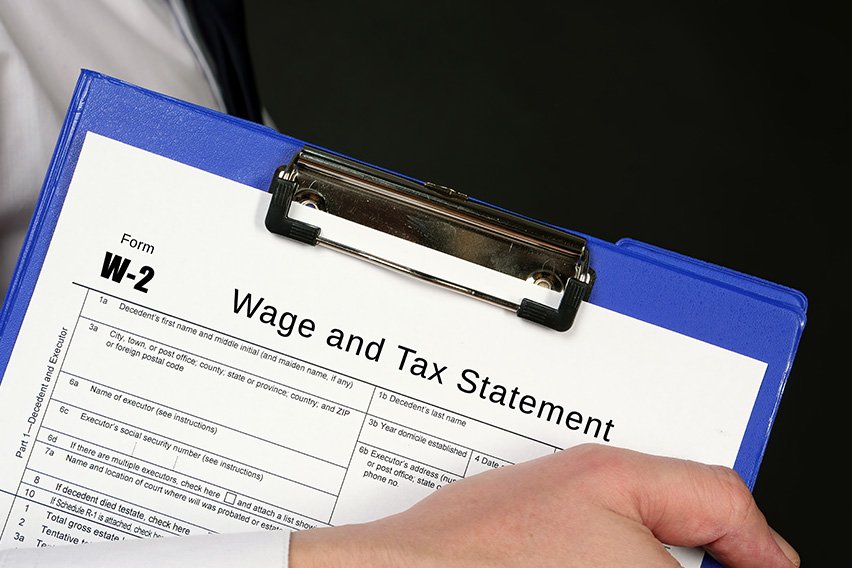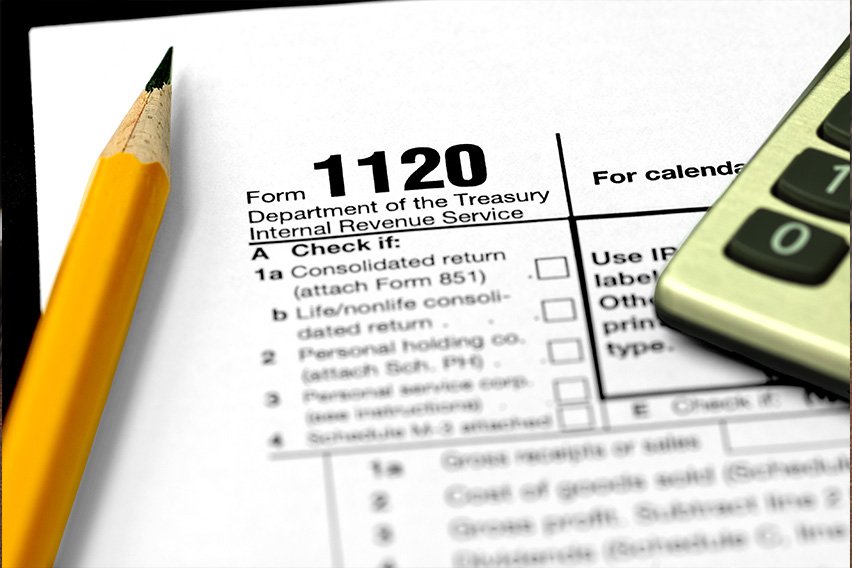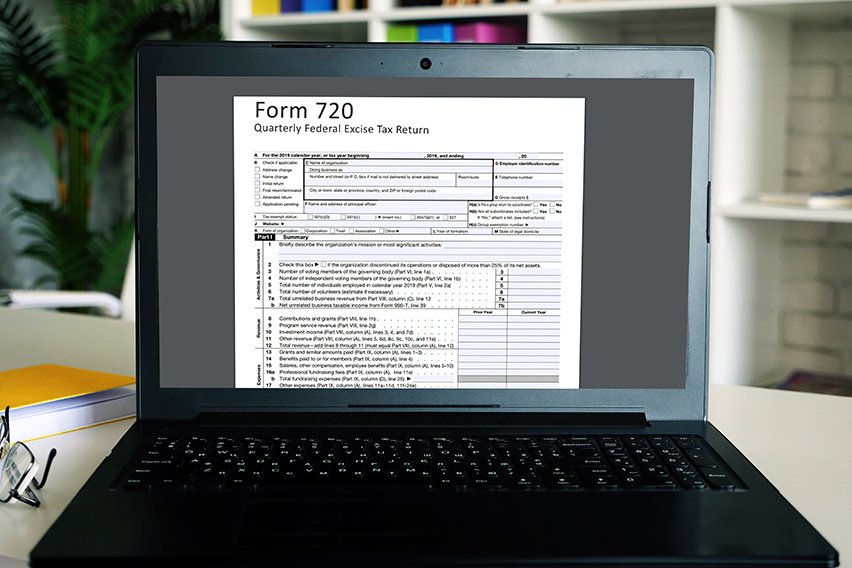Pre-Tax Deductions: Definition, Types, and Examples

For employees and employers alike, understanding pre-tax deductions is one of the most important things to understand to reduce taxable income and save money. Costs like health insurance premiums and retirement contributions are considered pre-tax deductions, which means they can be deducted from your taxable income at tax time and save you money. In this guide, we’ll explain everything you need to know about lowering your tax burden through pre-tax deductions.
Key Takeaways
- Pre-tax deductions are taken from an employee’s gross pay to cover insurance premiums, retirement contributions, and other benefits.
- Because pre-tax deductions are taken from gross pay, they reduce the employee’s taxable income.
- Some pre-tax deductions are subject to contribution limits and other regulations.
- Employers can also reduce their tax burden through pre-tax deductions by paying less in FICA and FUTA taxes.
Table of Contents
- What Are Pre-Tax Deductions and Contributions?
- Types of Pre-Tax Deductions
- Pre-Tax Deductions vs. Payroll Deductions
- What’s the Difference Between Pre-Tax and After-Tax Deductions?
- Pre-Tax Deduction Compliance Best Practices
- Pre-Tax Deductions Examples
- Pre-Tax Deduction Limitations
- Conclusion
- Frequently Asked Questions
What are Pre-Tax Deductions and Contributions?
A pre-tax deduction is an amount deducted from an employee’s gross income before taxes are calculated. Typically, these deductions are agreed upon when the employee starts working for the employer. Because these deductions are taken before tax, they lower the employee’s taxable income, reducing the amount owed in federal income taxes. These elective deferrals are not taxed until distribution (for example, 401(k), FHSA, or dependent care assistance deductions).
Pre-tax contributions work the same way but usually refer to contributions to an employee’s retirement plan or similar financial arrangements.
After these funds are withheld from the employee’s paycheck, the employer deposits them in an earmarked account on the employee’s behalf. This account contains all pre-tax deductions taken from the employee’s gross pay and any contributions the employer makes.
Pre-tax deductions save the employee money by lowering taxable income, and they also save an employer money by reducing costs for Federal Unemployment Tax (FUTA) and state unemployment insurance.

Types of Pre-Tax Deductions
There are several types of pre-tax deductions for employees and employers to be aware of. Here are the top ones to know about:
Life Insurance
Suppose your employer offers a group term life insurance plan. In that case, the employer-sponsored premiums you pay are considered a pre-tax deduction for federal income tax withholding, FUTA, and the Federal Insurance Contributions Act (FICA). The employee will only receive this tax benefit on premiums for the first $50,000 of the policy.
Health Insurance
If your employer sponsors a health insurance plan, you can contribute towards the cost of premiums as payroll deductions, meaning you won’t have to pay taxes on them. Because employees receive this tax benefit when the amount is withheld from their gross pay, they can’t also claim it as a medical deduction on their Form 1040.
Retirement Contributions
If you’re an employee who contributes to a pre-tax retirement plan (such as a 401(k) or traditional 403(b)), these are considered pre-tax deductions. For 2024, you can contribute up to $23,000 to these two types of retirement plans, meaning up to $23,000 in tax deductions for the year.
Dental Insurance
If your employer offers a voluntary dental insurance plan, you pay premiums for dental insurance using pre-tax dollars. This also lets you access group insurance rates for dental care. As with health insurance pre-tax deductions, you won’t be able to ‘double-dip’ this tax benefit by also claiming it on your IRS Form 1040.
Dependent Care
Many companies offer dependent care access programs, or DCAPs, for their employees as a pre-tax deduction. This lets you contribute pre-tax funds to an earmarked account for dependent care, allowing you to spend the money on eligible dependent care expenses like child daycare, adult daycare, au pair costs, and more. The 2024 dependent care contribution limit is $5,000 per household.
Commuter Benefits
Employers may offer their employees the option to make pre-tax deductions to help cover commuter and transportation expenses. These eligible expenses can include public transit passes, parking costs, or rideshare fees. This is known as a commuter benefit account, allowing you to cover these transport costs with pre-tax funds.
Disability Insurance
Long-term disability insurance premiums can be covered with pre-tax dollars, allowing you to pay for this vital insurance plan before taxes are taken from your gross pay. The only downside of doing this (versus paying for premiums out of your post-tax, net pay) is that you’ll have to pay tax on the disability payouts themselves.
HSA and FSA Contributions
If you contribute to a health savings account (HSA) or flexible spending account (FSA), these amounts are considered pre-tax deductions. HSAs and FSAs are used to fund qualifying medical expenses that regular health insurance won’t cover, such as copays and deductibles. Employers can choose to contribute to these accounts on their employees’ behalf as well, but it’s not required.
Vision Benefits
Related to health insurance premiums being a pre-tax deduction, you can also contribute premiums to an employer-sponsored vision insurance plan with pre-tax dollars. This plan usually covers routine, preventative eye care, eye exams, and prescription eyewear.
Adoption Assistance
Employees can choose to contribute pre-tax dollars to an account earmarked for qualified adoption expenses. Employers can also choose to contribute to these accounts if they wish. In 2024, employees can contribute up to $16,810 (or less) per year, though the amount excludable from their gross income gradually phases out based on their income.
Pre-Tax Deductions vs. Payroll Deductions
Pre-tax deductions and payroll deductions act similarly—they both deduct an amount of money from an employee’s gross pay, reducing their net pay (or take-home pay). Payroll deductions specifically are amounts withheld for federal income taxes, benefits contributions, and any garnishments (e.g., child support payments). These payroll deductions will be specified as either mandatory or voluntary.
Pre-tax deductions, on the other hand, refer only to contributions that come out of an employee’s paycheck before taxes are withheld (i.e., payroll deductions). In other words, all pre-tax deductions are payroll deductions, but not all payroll deductions are pre-tax deductions.
What’s the Difference Between Pre-Tax and After-Tax Deductions?
An employee’s paycheck will show both pre-tax and after-tax deductions. Pre-tax deductions refer to any premiums paid before taxes (such as federal income taxes, FICA, and state taxes) that are calculated on gross pay. These deductions will reduce your taxable income, meaning you pay less in income tax. After-tax deductions, on the other hand, are premiums paid out of the employee’s net (take-home) pay, meaning they do not decrease the amount you’ll pay in taxes.
Pre-Tax Deduction Compliance Best Practices
Employers and employees can both benefit from the tax advantages of pre-tax deductions, but both will need to make sure they’re compliant with the laws and best practices to get the most out of these deductions.
Stick to Contribution Limits
Most pre-tax deductions and contributions are subject to state and federal limits. These limits prevent people from reducing their taxable income too much, and they’re enforced by the IRS. Double-check contribution limits each year, as they’re subject to change.
Keep Documentation
Employers should clearly outline the conditions and terms of these pre-tax deductible benefits to ensure employees understand their rules and advantages. This information should be readily available to employees.
Adhere to Compliance Laws
To avoid a potential allegation of discrimination, employers typically need to offer these pre-tax benefits to all employees in the organization. Double-check with state and federal laws to ensure your organization is compliant.
Ensure Employees Report Pre-Tax Deductions
Employees must accurately report their pre-tax deductions—make sure of it by distributing accurate tax forms (such as W-2 forms), as well as reports that explain the programs and any changes that arise.
Pre-Tax Deductions Examples
There are many types of pre-tax deductions and contributions to consider, from health insurance to commuter benefits. Here are the steps to follow to properly calculate a pre-tax deduction as an employer:
- Take the employee’s gross pay per pay period (e.g., $1,000 every 2 weeks)
- Take the employee’s eligible pre-tax deductions (e.g., $100 in HSA and FSA deductions per pay period)
- Subtract the pre-tax deductions from gross pay for the pay period: 1,000 – 100 = 900
- The employee’s taxable income for the pay period is $900
- You can now calculate and withhold payroll taxes (state, federal income, and FICA) from the employee’s taxable income of $900
Pre-Tax Deduction Limitations
To prevent high-income earners from taking advantage of pre-tax deductions and unfairly lowering their tax burden, there are federal laws placing limitations on these deductions. Here are a few limitations of pre-tax deductions to be aware of.
Restrictions for Highly Compensated Employees
There are often additional constraints on certain pre-tax deductions (such as contributions to a 401(k) plan) for workers who earn a high wage. The idea of this limitation is to create equity between lower-compensated employees and more highly-paid workers.
Qualification Criteria
Certain pre-tax deductions are limited based on various eligibility criteria. To get a pre-tax deduction for a Dependent Care Access Program (DCAP), for instance, you’ll need to have a qualified dependent (such as a child or qualifying spouse) to be eligible. Other deductions, such as contributions to a 401(k) have specific eligibility requirements regarding contribution limits based on the employee’s age.
Plan-Specific Regulations
There are countless types of pre-tax plan designs and benefits, and many of them carry unique rules and regulations that you’ll need to understand and comply with closely. Tax and legal advisors can help you get clarity on any rules specific to your particular plan.
Limits on Maximum Contributions
Retirement plans, health savings accounts, and other similar plans have limits on maximum yearly contributions to prevent people from getting an undue tax advantage. These limits are sometimes different depending on an employee’s age, and they tend to change each year. Double-check your contribution limits to ensure you’re compliant.
Conclusion
Understanding pre-tax deductions can save money for employees and employers by reducing their taxable income. By taking care to plan your pre-tax deductions and contributions thoughtfully, you can significantly reduce your tax burden and plan for the future at the same time.
If you’re looking for help calculating payroll pre-tax deductions for your employees, or if you’re looking for a general tool to support tax calculation and preparation, FreshBooks payroll software is a great option. With powerful features and outstanding support, it has everything you need to tackle tax time with confidence. Plus, you can try FreshBooks for free!

FAQs About Pre-Tax Deductions
Still curious about pre-tax deductions? Here are a few frequently asked questions—answered!
Can you claim pre-tax deductions?
No—if an employee’s benefit premiums are paid for with pre-tax deductions, these deductions can’t be claimed a second time on their income tax returns. That’s because the amount of the deductions isn’t included in your gross income, meaning you’ve already received a tax benefit.
Is it better to do pre-tax or post-tax?
Pre- and post-tax deductions have pros and cons. Pre-tax deductions provide an immediate tax break, which is great in the short term, but you’ll have to pay tax on any future payouts. Post-tax deductions don’t offer immediate tax relief, but payments won’t be taxed in the future.
Are pre-tax deductions a good idea to maximize?
If you’re looking to reduce your taxable income as much as possible for a given year, it’s a good idea to maximize your pre-tax deductions. However, you’ll have to pay tax on these benefits whenever they’re paid out, so it might make sense to elect for both pre- and post-tax deductions.
How do pre-tax deductions affect take-home pay?
Pre-tax deductions are taken from your gross pay, which is then taxed to get your take-home (net) pay. While your net pay will be reduced by pre-tax deductions, these amounts will not be taxed until distribution.
Do you have to pay taxes on pre-tax deductions?
No, you don’t have to pay taxes on pre-tax deductions. Because pre-tax deductions are taken from your gross pay (the amount of your pay before taxes are taken), anything you deduct pre-tax from your paycheck will not be subject to state, federal, or Medicare taxes. However, these are tax deferrals, meaning they will be subject to tax when paid out.
About the author
Sandra Habiger is a Chartered Professional Accountant with a Bachelor’s Degree in Business Administration from the University of Washington. Sandra’s areas of focus include advising real estate agents, brokers, and investors. She supports small businesses in growing to their first six figures and beyond. Alongside her accounting practice, Sandra is a Money and Life Coach for women in business.
RELATED ARTICLES


 How to File an Amended Tax Return with the IRS in 5 Simple Steps
How to File an Amended Tax Return with the IRS in 5 Simple Steps What Is A W-2 Form? Tips for Employers on Completing Employee Tax Documents
What Is A W-2 Form? Tips for Employers on Completing Employee Tax Documents What Is an I-9 Form? Tips for Employers About the Employment Eligibility Verification Form
What Is an I-9 Form? Tips for Employers About the Employment Eligibility Verification Form Form 2553: Everything You Need To Know
Form 2553: Everything You Need To Know What Is a 1120 Tax Form? Facts and Filing Tips for Small Businesses
What Is a 1120 Tax Form? Facts and Filing Tips for Small Businesses What Is Form 720? It’s a Hidden Tax
What Is Form 720? It’s a Hidden Tax